WP01.AMSTERDAM (HOLANDA).10/2/2012.-Fotografía tomada por el fotógrafo español Samuel Aranda que ha sido galardonada con el World Press Photo of the Year 2011. Aranda ha sido proclamado hoy viernes 10 de febrero de 2012 vencedor del World Press Photo, el más importante certamen mundial de fotoperiodismo, por la imagen de un herido en las revueltas de Yemen que es abrazado por una mujer con velo.La instantánea ha sido elegida entre más de 100.000 imágenes realizadas por un total de 5.247 fotógrafos provenientes de 124 países de todo en mundo. En la fotografía, con una composición que recuerda a la escultura "La Piedad" de Miguel Ángel, contrasta el negro del "niqab" (un velo islámico que cubre todo el rostro a excepción de los ojos) con el cuerpo desnudo del joven herido que está en los brazos de la mujer. EFE/SAMUEL ARANDA/ THE NEW YORK TIMES ***ESTA FOTOGRAFÍA SOLO PUEDE SER UTILIZADA EN EL CONTEXTO DE LA CONCESIÓN DEL PREMIO WORLD PRESS PHOTO. SOLO USO EDITORIAL. PROHIBIDA SU VENTA Y SU ARCHIVO***
Hoy se han dado a conocer los World Press Photo, los máximos galardones mundiales del periodismo gráfico. El fotoperiodismo español está de enhorabuena ya que el compañero Samuel Aranda ha sido galardonado con el premio a la foto del año 2011. Varios fotógrafos españoles han sido reconocidos por los WPP en ediciones anteriores en las diferentes categorías. Pero esta es la segunda vez desde que se empezaron a dar estos premios en 1955, en que un español recibe el de la fotografía del año. El otro español que recibió el mismo premio hace exactamente 30 años, fue Manuel Pérez Barriopedro por la imagen de Tejero en la tribuna del Congreso durante el golpe de estado del 23-F. Manuel estuvo en La Mesa de Luz el pasado 23 de febrero descubriendo "Cómo se hizo la foto de Tejero" y hoy se mostraba muy contento de que "se reconozca al fotoperiodismo español con un premio de tan alto nivel."
Samuel Aranda, hoy premiado con el WPP por esta imagen de la Piedad de Miguel Ángel reencontrada en la primavera árabe, ha tenido la amabilidad de hablar con La Mesa de Luz y contarnos un poco de su historia y de la historia de esta fotografía.
Samuel Aranda con su portatil en la terraza de su casa en Túnez.
Samuel Aranda cumple el próximo mayo 33 años y ha recorrido mucho camino hasta llegar a la foto de Yemen que ha recibido hoy el premio. Comenzó en un periódico local hasta que le dieron una oportunidad en el diario 20 Minutos. En los últimos años colaboró principalmente con El País y El Periódico de Catalunya. También ha trabajado para la agencia Afp y ha publicado su trabajo en The New York Times, Le Monde, Newsweek, Stern y Geo, entre otros. Hoy habla con nosotros desde la terraza de su casa en Túnez, lugar donde reside desde hace un año. El premio no parece haberle cambiado mucho la vida, aunque si se muestra abrumado por las llamadas telefónicas. "Ahora estoy donde siempre. Cuando me llamaron por teléfono para decirme que me habían dado el World Press Photo, estaba mirando en internet mi cuenta del banco para ver cómo pagaba el alquiler de este mes", nos cuenta Samuel.
No es casualidad que la foto que ha lanzado a Samuel a lo más alto del periodismo mundial sea una imagen tomada en un país árabe. "Llevo trabajando intensamente en los países árabes desde hace 10 o 12 años. Mi primer destino internacional cuando tenía 19 años fue Gaza. Siempre me sentido muy a gusto en el mundo árabe, de cómo es la cultura y de la gente de aquí. Cuando empezó la revuelta en Túnez cogí un vuelo sin tener encargo, sin nada. Empecé a cubrirlo, luego fui a Egipto, Libia y Yemen", dice el fotógrafo.
El trabajo en un país como Yemen es tarea difícil y en la mesa de fotografía del diario Público siempre andamos cortos de fotos de este país. Es incluso difícil entrar si eres periodista, al parecer Samuel se hizo pasar por estudiante: "Conseguimos un visado por la puerta de atrás, con la ayuda del diario The New York Times." Samuel considera clave y da especial importancia a la manera de trabajar del periódico americano: "Apostaron por mi desde el principio y me dieron libertad total de movimientos. Me siento muy contento de encontrar como cliente a un diario que apuesta por tener fotos propias y tener gente en el terreno."
El New York Times sigue apostando por fotógrafos específicos sobre el terreno para que les suministre material gráfico exclusivo. Un sistema que tiende a desaparecer en la prensa mundial pero que da como fruto una información diferenciada del resto de cabeceras que se suelen nutrir de las mismas agencias de noticias.
Samuel Aranda junto a Lindsay Mackenzie vistos en el retrovisor de un coche en El Cairo.
¿Cómo se hizo la foto?
Al escuchar el relato de cómo llegó Samuel a hacer esta imagen, no puedo dejar de imaginármelo por las calles de Saná disfrazado de yemení. "Creo que era el primer día que salía a hacer fotos. Como no tenía permiso para trabajar, me tenía que mover con mucho cuidado por la ciudad. Contacté con un tipo que tenía una moto y me movía con él vestido como los locales llevando una cámara pequeña. Una D700 con un 35mm fijo. La foto la hice en una mezquita que utilizaban como hospital para los manifestantes heridos por los francotiradores. Sobre el terreno, la gente en Yemen se portaba muy bien y era muy fácil trabajar con ellos. La parte difícil era el ejército y la policía."
Samuel parece mantener los pies en la tierra a pesar del galardón y, antes de despedirnos, hace una reflexión sobre la profesión y el WPP. "Este mundo del fotoperiodismo suele ser un poco egocentrista, está muy bien recibir un premio como el World Press Photo y lo agradezco muchísimo, pero lo importante de nuestro trabajo, lo importante de esta foto, no soy yo como fotógrafo, es esta mujer y lo que pasa en Yemen. Este es un oficio que se basa en documentar lo que vemos y poco más, no tiene muchos secretos, no soy ningún artista. La mayoría de los fotógrafos que conocemos podrían haber hecho esta foto." Pero fue Samuel Aranda fue quién la hizo esa foto. ¡Mi enhorabuena!
Aquí os dejo una selección del resto de fotografías premiadas en estos World Press Photo de 2012.
In this photo provided on Friday Feb. 10, 2012 by World Press Photo, the 2nd prize Spot News Stories of the 2012 World Press Photo contest by Niclas Hammerstrom, Sweden, for Aftonbladet in Utoya, Norway, July 22, 2011. Anders Behring Breivik killed 69 people on 22 July on the small island of Utoya outside Oslo in Norway. (AP Photo/Niclas Hammerstrom/ Aftonbladet )
In this photo provided on Friday Feb. 10, 2012 by World Press Photo, the 2nd prize General News Stories category of the 2012 World Press Photo contest by Paolo Pellegrin, Italy, Magnum Photos for Zeit Magazin shows the tsunami aftermath, in Japan, April 14, 2011. (AP Photo/Paolo Pellegrin, Magnum Photos for Zeit Magazin)
AM01.AMSTERDAM (HOLANDA).10/2/2012.- Fotografía tomada por el fotógrafo francés Vincent Boisot de Riva Press para Le Figaro Magazine, que ha sido galardonada en la categoría individual de Artes y Entretenimiento en el World Press Photo, el más importante certamen mundial de fotoperiodismo, hoy viernes 10 de febrero de 2012. La imagen muestra a una modelo posando en el taller de un sastre en el centro de Dakar, Senegal el 9 de julio de 2011. EFE/VINCENT BOISOT/RIVA PRESS/LE FIGARO ***ESTA FOTOGRAFÍA SOLO PUEDE SER UTILIZADA EN EL CONTEXTO DE LA CONCESIÓN DEL PREMIO WORLD PRESS PHOTO. SOLO USO EDITORIAL. PROHIBIDA SU VENTA Y SU ARCHIVO***
AM02.AMSTERDAM (HOLANDA).10/2/2012.- Fotografía tomada por el fotógrafo irlandés Ray Mcmanus para Sportsfile que ha sido galardonada con el segundo premio en la categoría individual de deportes en el World Press Photo, el más importante certamen mundial de fotoperiodismo, hoy viernes 10 de febrero de 2012. La imagen muestra una jugada en el partido de rugby entre Old Belvedere y Blackrock en Dublin, irlanda el 5 de febrero de 2011. EFE/RAY MCMANUS/SPORTSFILE ***ESTA FOTOGRAFÍA SOLO PUEDE SER UTILIZADA EN EL CONTEXTO DE LA CONCESIÓN DEL PREMIO WORLD PRESS PHOTO. SOLO USO EDITORIAL. PROHIBIDA SU VENTA Y SU ARCHIVO***
In this photo provided on Friday Feb. 10, 2012 by World Press Photo, the 1st Prize Portraits Singles category of the 2012 World Press Photo Contest by Laerke Posselt, Denmark, shows Iranian-born Danish actress Mellica Mehraban, Copenhagen, May 4, 2011. (AP Photo/Laerke Posselt)
In this photo provided on Friday Feb. 10, 2012 by World Press Photo, the 2nd prize Portraits Stories category of the 2012 World Press Photo Contest by Ton Koene, The Netherlands shows a recruit at a police training center, Kunduz, Afghanistan, Sept. 28, 2011. (AP Photo/Ton Koene)
In this photo provided on Friday Feb. 10, 2012 by World Press Photo, the 1st prize Nature Singles category of the 2012 World Press Photo contest by Jenny E. Ross, USA. Novaya Zemlya, Russia, shows a male polar bear climbing precariously on the face of a cliff above the ocean at Ostrova Oranskie in northern Novaya Zemlya, attempting to feed on seabird eggs. (AP Photo/Jenny E. Ross)
In this photo provided on Friday Feb. 10, 2012 by World Press Photo the 2nd prize People in the News Singles category of the 2012 World Press Photo contest by Tomasz Lazar, Poland shows the arrest of protesters in Harlem, New York City, during a demonstration against police tactics and income inequality, Oct. 25, 2011. (AP Photo/Tomasz Lazar)
In this photo provided on Friday Feb. 10, 2012 by World Press Photo, the 1st prize Arts and Entertainment Stories category of the 2012 World Press Photo contest by Rob Hornstra, The Netherlands shows the Sochi Project: Sochi Singers Marika Bajur sings 'Kuriu' in the restaurant Eurasia. (AP Photo/Rob Hornstra)
In this photo provided on Friday Feb. 10, 2012 by World Press Photo, the 1st prize Contemporary Issues Stories category of the 2012 World Press Photo contest by Stephanie Sinclair, USA, VII Photo Agency for National Geographic magazine shows Tahani (in pink), who married her husband Majed when she was 6 and he was 25, posing for this portrait with former classmate Ghada, also a child bride, outside their mountain home in Hajjah, Yemen, June 10, 2010. Nearly half of all women in Yemen were married as children. (AP Photo/Stephanie Sinclair, VII Photo Agency for National Geographic magazine)
In this photo provided on Friday Feb. 10, 2012 by World Press Photo, the 1st prize Spot News Singles category of the 2012 World Press Photo Contest by Yuri Kozyrev, Russia, Noor Images for Time shows rebels in Ras Lanuf, Libya, March 11, 2011. (AP Photo/Yuri Kozyrev, Noor Images for Time)
In this photo provided on Friday Feb. 10, 2012 by World Press Photo, the 1st prize Nature Stories category of the 2012 World Press Photo contest by Brent Stirton, South Africa, Reportage by Getty Images for National Geographic magazine shows "Rhino Wars", Tugela Private Game Reserve, Colenso, Natal, South Africa, Nov. 9 2010. A female rhino, left, in Natal, South Africa, that four months earlier survived a brutal dehorning by poachers who used a chainsaw to remove her horns and a large section of bone in this area of her skull. (AP Photo/Brent Stirton, Reportage by Getty Images for National Geographic magazine)
In this photo provided on Friday Feb. 10, 2012 by World Press Photo, the 1st prize General News Singles category of the 2012 World Press Photo contest by Alex Majoli, Italy, Magnum Photos for Newsweek shows protesters cry, chant and scream in Cairo's Tahrir Square, after listening to the speech in which Egyptian President Hosni Mubarak said he would not give up power in Cairo, Egypt, Feb. 10, 2011. (AP Photo/Alex Majoli, Magnum Photos for Newsweek)
In this photo provided on Friday Feb. 10, 2012 by World Press Photo, the 1st prize Daily Life Stories of the 2012 World Press Photo contest by Alejandro Kirchuk, Argentina "Never Let You Go". Marcos leads Monica from their room to the living room in Buenos Aires. Monica was diagnosed with Alzheimer's disease. (AP Photo/Alejandro Kirchuk)
In this photo provided on Friday Feb. 10, 2012 by World Press Photo, the 1st prize Contemporary Issues Singles category of the 2012 World Press Photo contest by Brent Stirton, South Africa, Reportage by Getty Images for Kiev Independent, shows Maria, a drug addict and sex worker, in between clients in a room she rents in Kryvyi Rig, Ukraine. Maria injects drugs on a daily basis and sees many men every week but claims she remains HIV negative. She says she need the money to support herself, her drug habit and her nine-year-old daughter. (AP Photo/Brent Stirton, Reportage by Getty Images for Kiev Independent)
In this photo provided on Friday Feb. 10, 2012 by World Press Photo, the 2nd prize Sports Stories category of the 2012 World Press Photo contest by Adam Pretty, Australia, Getty Images shows divers practicing during the 14th FINA World Championships at the Oriental Sports Center in Shanghai, China, July 17, 2011. (AP Photo/Adam Pretty, Getty Images)
In this photo provided on Friday Feb. 10, 2012 by World Press Photo, the 1st prize Daily Life Singles category of the 2012 World Press Photo contest by Damir Sagolj, Bosnia and Herzegovina, Reuters, shows a picture of North Korea's founder, Kim Il-sung, decorating a building in the capital Pyongyang, North Korea, Oct. 5, 2011. (AP Photo/Damir Sagolj, Reuters)
FILE - In this April 7, 2011 file photo, footprints are left in the dried mud of a street of the Odaka area of Minamisoma, inside the deserted evacuation zone established for the 20 kilometer radius around the Fukushima Dai-ichi nuclear reactors. The photo was one in a series of 12 which won the 3rd place prize in the General News Stories category of the 2012 World Press Photo contest. (AP Photo/David Guttenfelder for National Geographic Magazine, File)
FILE - In this June 24, 2011 file photo, Canadian Forces soldier, Cpl. Ben Vandandaigue, plays on a drum kit on Forward Operating Base Sperwan Ghar overlooking the Panjwaii district of Kandahar province, Afghanistan. The image won the 1st place prize in the Arts and Entertainment Singles category of the 2012 World Press Photo contest. (AP Photo/David Goldman, File)
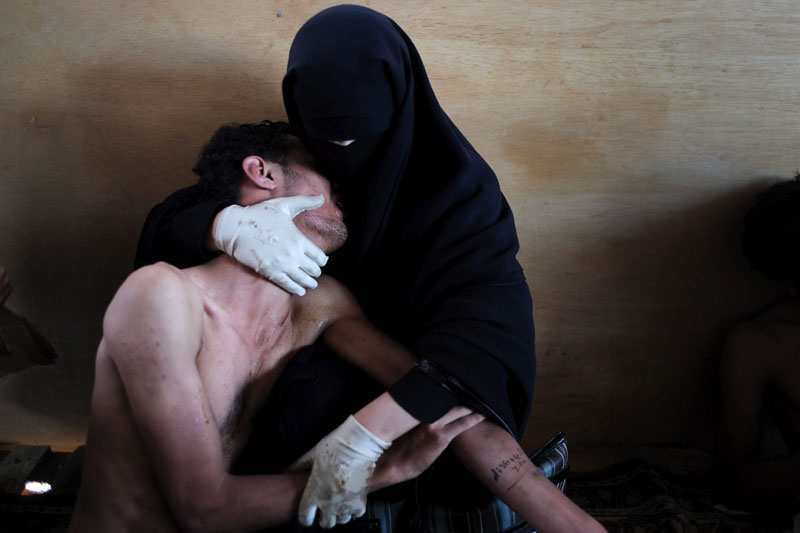
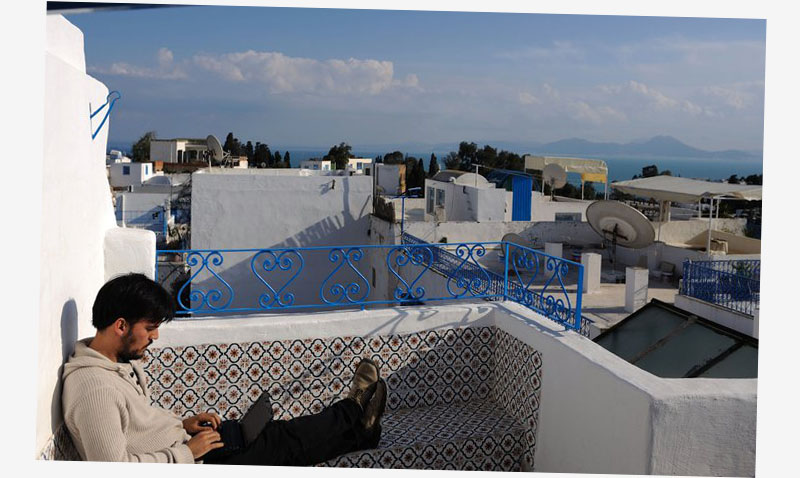
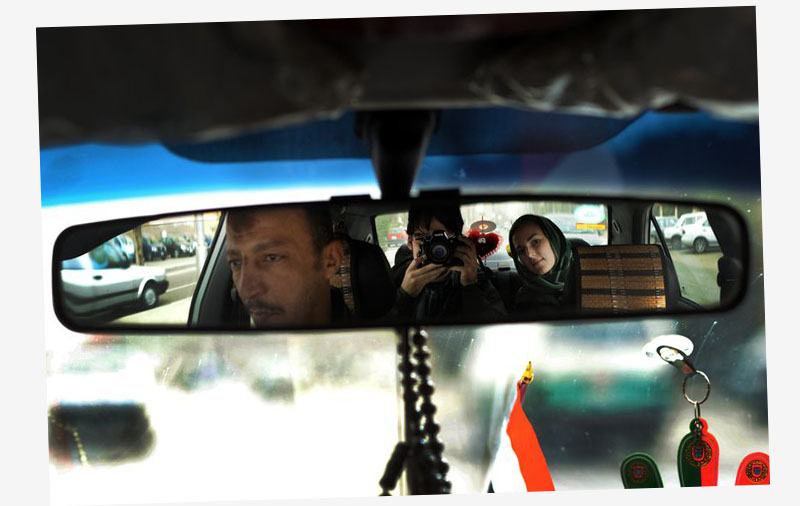


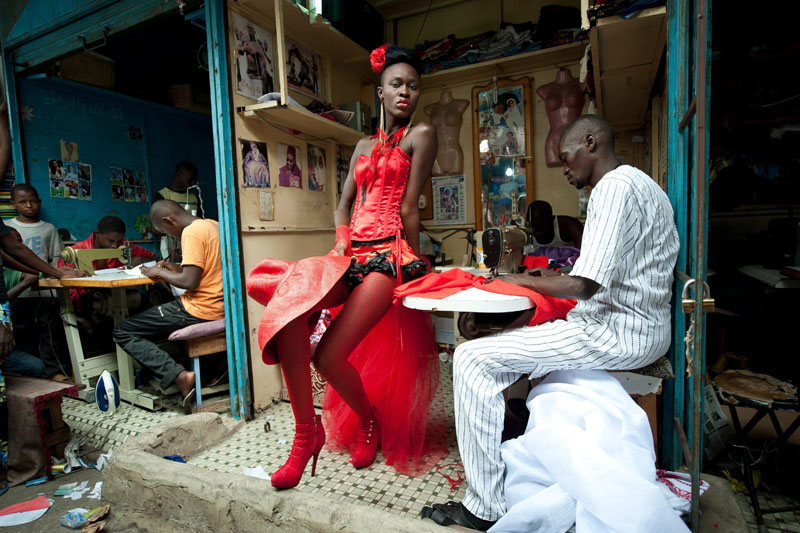
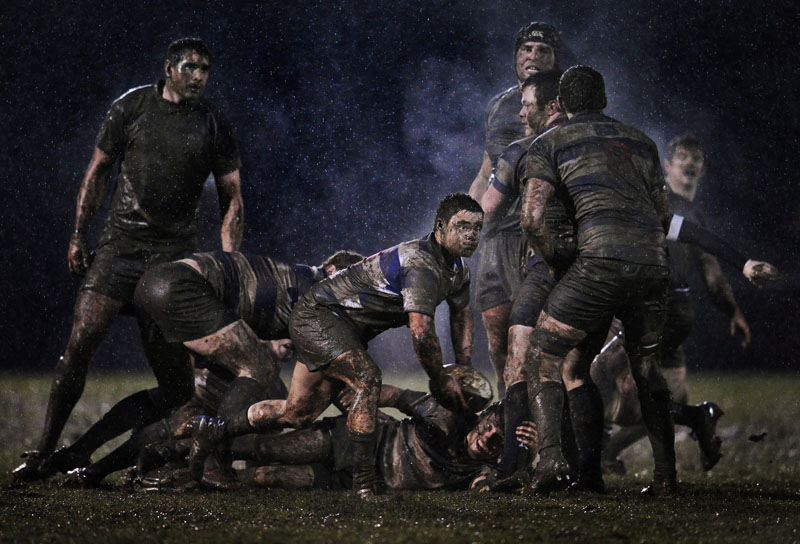


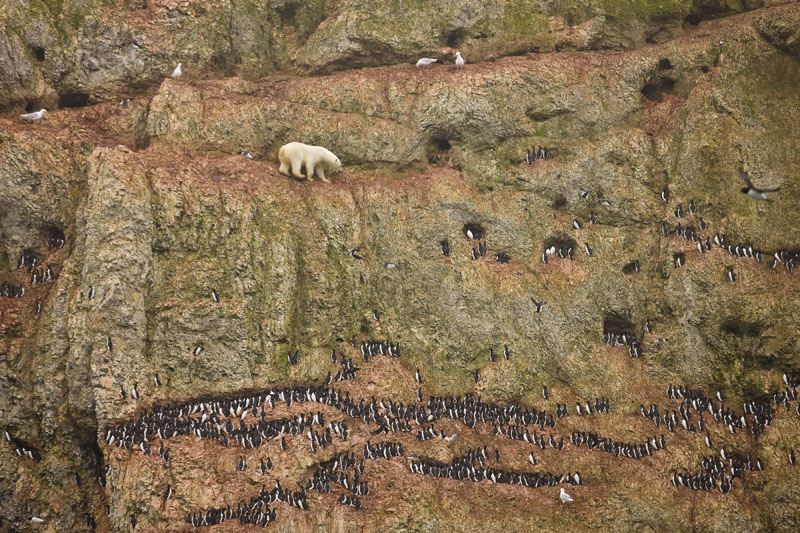
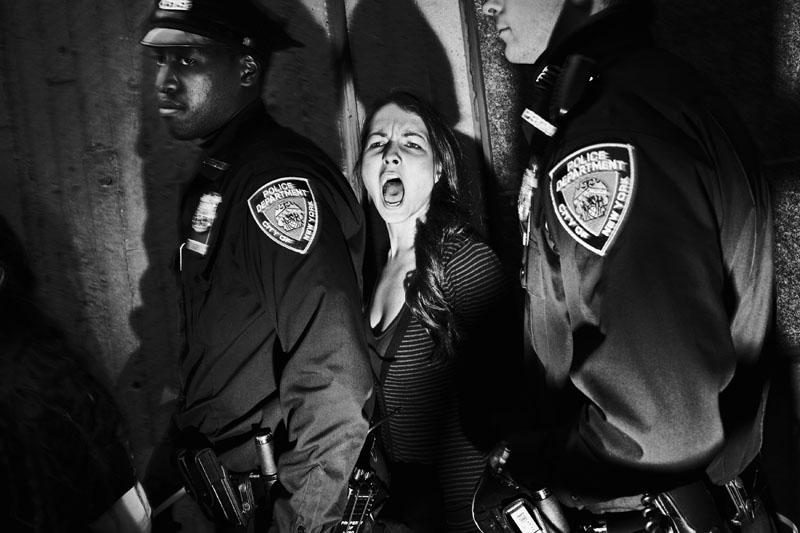

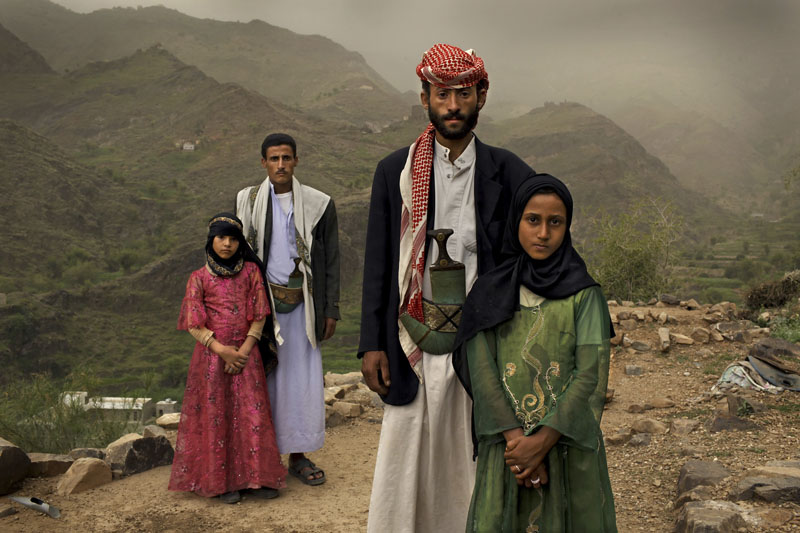
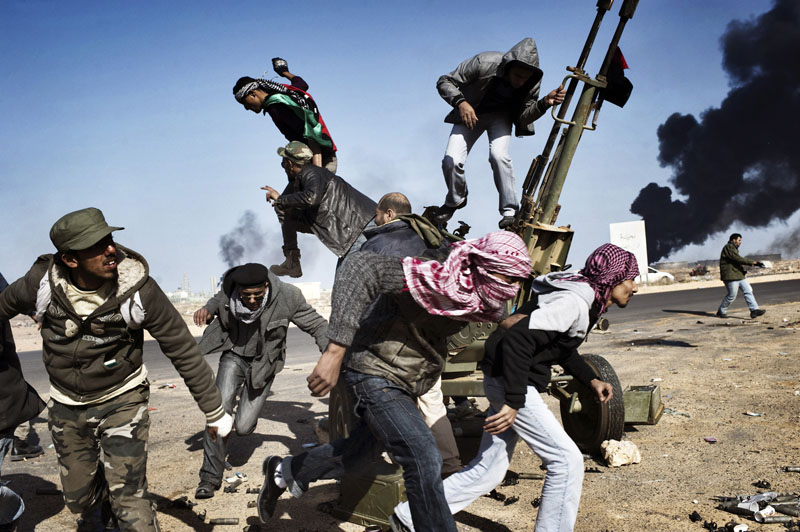

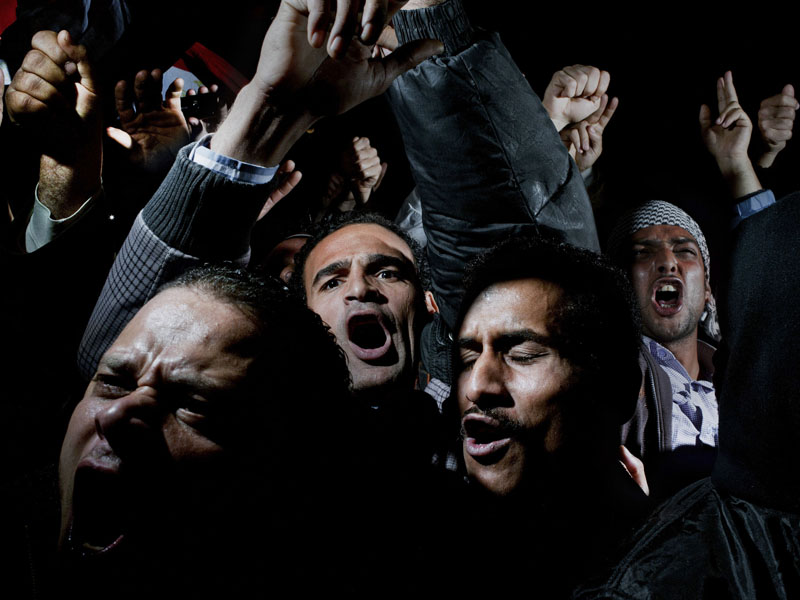

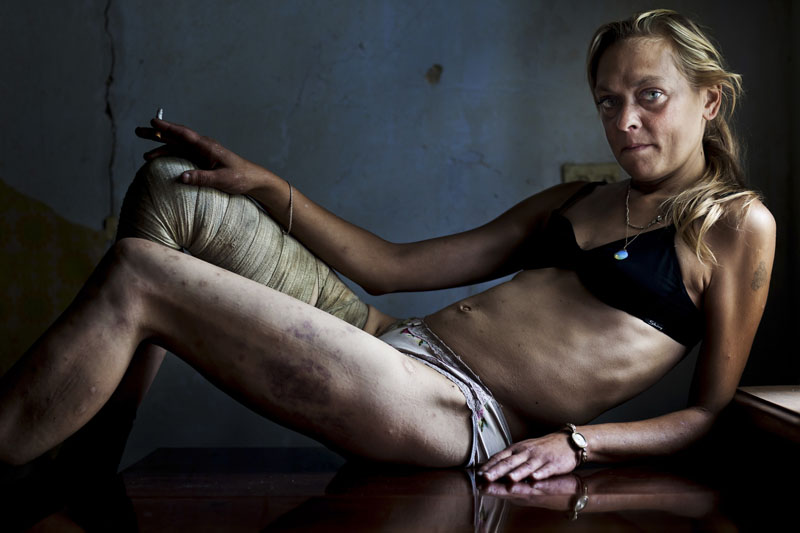




Comentarios
<% if(canWriteComments) { %> <% } %>Comentarios:
<% if(_.allKeys(comments).length > 0) { %> <% _.each(comments, function(comment) { %>-
<% if(comment.user.image) { %>
![<%= comment.user.username %>]() <% } else { %>
<%= comment.user.firstLetter %>
<% } %>
<% } else { %>
<%= comment.user.firstLetter %>
<% } %>
<%= comment.user.username %>
<%= comment.published %>
<%= comment.dateTime %>
<%= comment.text %>
Responder
<% if(_.allKeys(comment.children.models).length > 0) { %>
<% }); %>
<% } else { %>
- No hay comentarios para esta noticia.
<% } %>
Mostrar más comentarios<% _.each(comment.children.models, function(children) { %> <% children = children.toJSON() %>-
<% if(children.user.image) { %>
![<%= children.user.username %>]() <% } else { %>
<%= children.user.firstLetter %>
<% } %>
<% } else { %>
<%= children.user.firstLetter %>
<% } %>
<% if(children.parent.id != comment.id) { %>
en respuesta a <%= children.parent.username %>
<% } %>
<%= children.user.username %>
<%= children.published %>
<%= children.dateTime %>
<%= children.text %>
Responder
<% }); %>
<% } %> <% if(canWriteComments) { %> <% } %>